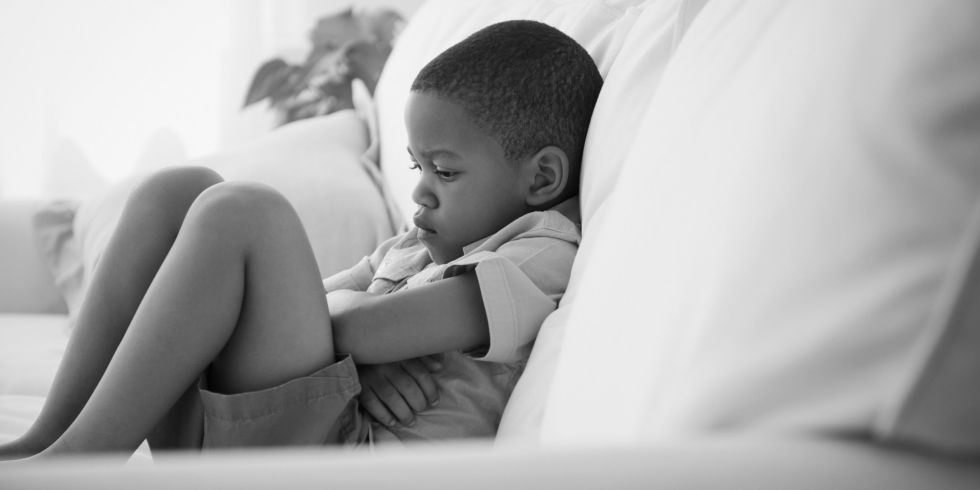
Figuring Out and Recognizing Child Abuse
There are several signs that could indicate a child has been or is being abused or neglected. This information will help you to recognize what to look for to select up symptoms of abuse in your child with a disability, especially children with communication difficulties.
Abuse can involve one or all:
-
Physical abuse
Physical abuse covers physical injury from actions such as:
- punching
- beating
- shaking
- biting
- pulling
- burning or otherwise harming a child.
Physical abuse might also include:
- restraining a child in an unsafe way
- using medication that has not been advised
- overmedicating to restrict the actions of a child
- inappropriate kinds of discipline, including withholding food or removing essential equipment.
Signs of physical abuse include:
- bruising in unlikely places that have no explanation
- bite marks
- pressure marks
- burns
- and unexplained fractures.
Behaviors your child might show if they are being physically abused include:
- being unusually wary of physical contact with adults
- being frightened of a certain caregiver
- offering an unlikely explanation of injuries or being overly withdrawn or timid.
-
Sexual abuse
Sexual abuse occurs when someone forces or entices a child or young man or woman to take part in sexual activity, either directly, as an observer or via the Internet.
Physical signs and symptoms of sexual abuse include:
- injuries to private areas
- discomfort when going to the toilet
- inflammation and infection of genital areas
- frequent urinary tract infections
- having a sexually transmitted disease.
Other signs of sexual abuse might include:
- inappropriate sexual behavior or explicit sexual knowledge for their age
- showing excessive fear when being bathed or having a nappy changed
- sleep disturbances or night terrors
- uncharacteristic bed wetting
- loss of appetite
- hurting themselves
- obsessive and compulsive washing
- out-of-character behaviors such as tantrums, ‘melt-downs’, aggression, withdrawal or crying.

-
Emotional abuse
Emotional abuse is a pattern of behavior directed at a child or younger person where their self- esteem is undermined over time. Bullying, frequent put-downs, isolation can cause it, and setting unrealistic expectations that make a child feel worthless or inadequate.
Physical signs of emotional abuse can consist of delays in physical development and failure to thrive or slower developmental progress.
Behaviors your child might show if they are being emotionally abused include:
- aggression
- antisocial and/ or destructive behavior
- easily frustrated
- unexplained mood swings
- low self-esteem
- poor relationships with peers
- fear of the dark
- fear of being left alone with, or clingy to certain people.
-
Neglect
Neglect is the continued failure to provide for the child or young individual’s basic needs. It could be planned or unintentional. This can include not taking precautions to ensure the child’s safety and not providing good enough food, clothing or shelter.
Physical signs of neglect for children include being:
- regularly dirty and unwashed
- left unsupervised for long periods of time
- consistently hungry and tired
- prone to illness or having untreated medical conditions.
Children may additionally be behind schedule in their physical development and feature slower developmental progress.
Behaviors your child might show if they are being neglected consist of:
- stealing or hoarding meals
- gorging on meals
- negative social skills
- signs of poor attachment to careers
- irregular school attendance.
